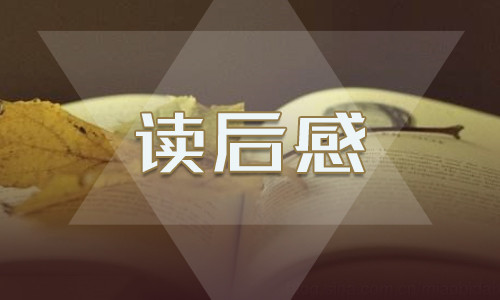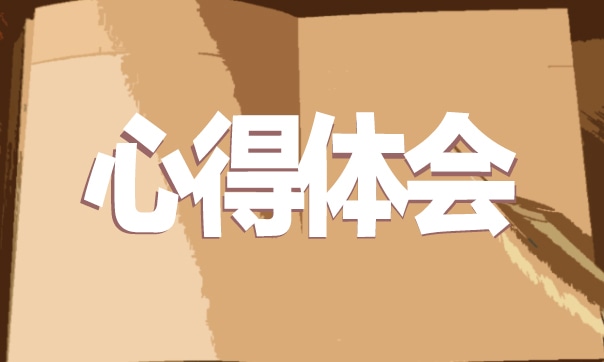全国硕士研究生入学统一考试英语(一)
Section I Use of English
Directions:
Read the following text. Choose the best word(s) for each numbered blank and mark
A, B, C or D on ANSWER SHEET 1. (10 points)
Read the following text. Choose the best word(s) for each numbered blank and mark
A, B, C or D on ANSWER SHEET 1. (10 points)
The ethical judgments of the Supreme Court justices have become an important issue
recently. The court cannot _1_ its legitimacy as guardian of the rule of law _2_
justices behave like politicians. Yet, in several instances, justices acted in ways
that _3_ the court's reputation for being independent and impartial. Justice Antonin Scalia, for example, appeared at political events. That kind of
activity makes it less likely that the court's decisions will be _4_ as impartial judgments. Part of the problem is that the justices are not _5_by an ethics code.
At the very least, the court should make itself _6_to the code of conduct that _7_to
the rest of the federal judiciary.
This and other similar cases _8_the question of whether there is still a _9_between the court and politics. The framers of the Constitution envisioned law _10_having authority apart from
politics. They gave justices permanent positions _11_they would be free to _12_ those
in power and have no need to _13_ political support. Our legal system was designed to set law apart from politics precisely because they are so closely _14_.
Constitutional law is political because it results from choices rooted
in
fundamental social _15_ like liberty and property. When the court deals with social
policy decisions, the law it _16_ is inescapably political-which is why decisions
split along ideological lines are so easily _17_ as unjust. The justices must _18_ doubts about the court's legitimacy by making themselves
_19_ to the code of conduct. That would make rulings more likely to be seen as separate
from politics and, _20_, convincing as law.
1
1.
[A]emphasize [B]maintain [C]modify [D] recognize 2.
[A]when [B]lest [C]before [D] unless 3.
[A]restored [B]weakened [C]establish [D] eliminated ed
4.
[D] [B]compromised [C]suspected [A]challenged accepted
5.
[C]bound [A]advanced [B]caught [D]founded 6.
[C]immune [B]subject [A]resistant
[D]prone
7.
[ [A]resorts [B]sticks [D]applies
C]loads
8.
[B]raise [A]evade [D]settle
[C]deny
9.
[A]line [B]barrier
[D]conflict
[C]similarity
10.
[A]by [B]as [D]towards
[C]though
2
11.
[A]so [B]since [C]provided [D]though
12.
[A]serve [B]satisfy [C]upset [D]replace
13.
[A]confirm [B]express [C]culti
[D]offer
vate
14.
[C]studied [A]guarded [B]followed
[D]tied
15.
[B]theories [C]divis [A]concepts [D]conceptions ions 16.
[C]shapes [A]excludes [B]questions [D]controls
17.
[C]ranked [A]dismissed [B]released [D]distorted
18.
[A]suppress [C]addr [B]exploit [D]ignore ess 19.
[A]accessible [B]amiable [C]agreeable [D]accountable
[C]in a [B]atall costs 20. [A]by all mesns [D]as a result word
Section II Reading Comprehension
3
Part A
Directions:
Read the following four texts. Answer the questions below each text by choosing A,
B, C or D. Mark your answers on ANSWER SHEET 1. (40 points)
Text 1
Come on –Everybody's doing it. That whispered message, half invitation and half forcing, words peer pressure. It usually leads to no is what most of us think of when we hear the Join the Club, Tina Rosenberg contends good-drinking, drugs and casual sex. But in her
new book
that peer pressure can also be a positive force through what she calls the social cure, in which
organizations and officials use the power of group dynamics to help individuals improve their
lives and possibly the word.
Rosenberg, the recipient of a Pulitzer Prize, offers a host of example of the social cure
in action: In South Carolina, a state-sponsored antismoking program called Rage Against the Haze
sets out to make cigarettes uncool. In South Africa, an HIV-prevention initiative known as LoveLife
recruits young people to promote safe sex among their peers.
The idea seems promising,and Rosenberg is a perceptive observer. Her critique
of the lameness of many pubic-health campaigns is spot-on: they fail to mobilize peer
pressure for healthy habits, and they demonstrate a seriously flawed understanding
of psychology.” Dare to be different, please don't smoke!” pleads one billboard
campaign aimed at reducing smoking among teenagers-teenagers, who desire nothing more
than fitting in. Rosenberg argues convincingly that public-health advocates ought
to take a page from advertisers, so skilled at applying peer pressure. But on the general effectiveness of the social cure, Rosenberg is less persuasive. Join the Club is filled with too much irrelevant detail and not enough exploration
of the social and biological factors that make peer pressure so powerful. The most
glaring flaw of the social cure as it's presented here is that it doesn't work very
well for very long. Rage Against the Haze failed once state funding was cut. Evidence
that the LoveLife program produces lasting changes is limited and mixed.
There's no doubt that our peer groups exert enormous influence on our behavior. An emerging
body of research shows that positive health habits-as well as negative ones-spread through
networks of friends via social communication. This is a subtle form of peer pressure: we
unconsciously imitate the behavior we see every day.
Far less certain, however, is how successfully experts and bureaucrats can select our peer groups
and steer their activities in virtuous directions. It's like the teacher who breaks up the
troublemakers in the back row by pairing them with better-behaved classmates. The tactic never 4
really works. And that's the problem with a social cure engineered from the outside: in the real
world, as in school, we insist on choosing our own friends.
21. According to the first paragraph, peer pressure often emerges as [A] a supplement to the social cure [B] a stimulus to group dynamics [C] an obstacle to school progress [D] a cause of undesirable behaviors
22. Rosenberg holds that public advocates should [A] recruit professional advertisers [B] learn from advertisers' experience [C] stay away from commercial advertisers
[D] recognize the limitations of advertisements
23. In the author's view, Rosenberg's book fails to [A] adequately probe social and biological factors [B] effectively evade the flaws of the social cure [C] illustrate the functions of state funding [D]produce a long-lasting social effect
24. Paragraph 5shows that our imitation of behaviors [A] is harmful to our networks of friends [B] will mislead behavioral studies [C] occurs without our realizing it





